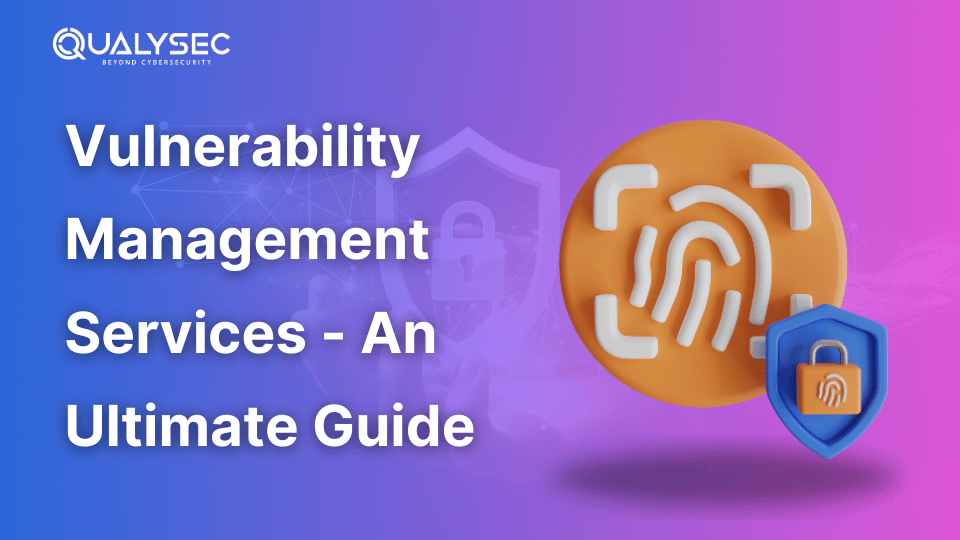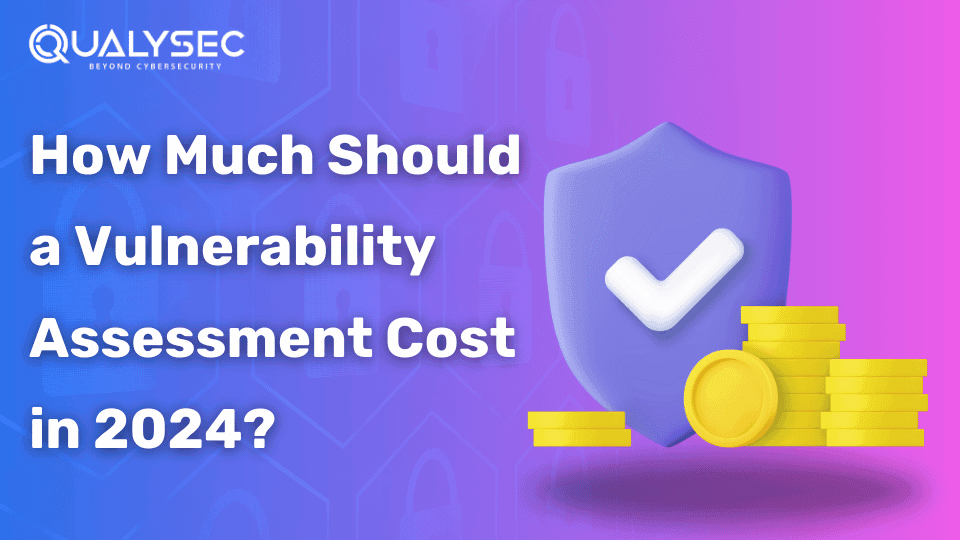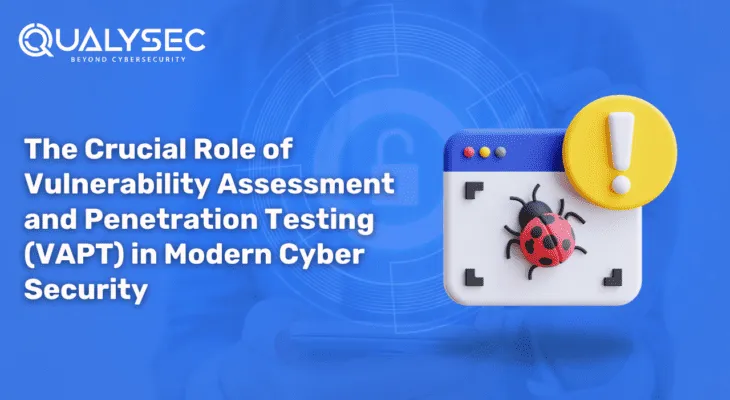Vulnerability Management Services – An Ultimate Guide
Preserving the confidentiality of the data and ensuring proper security measures are crucial. Vulnerability management services involve detecting, evaluating, and handling security threats within an organization’s IT environment. Further, they are helpful to organizations in preventing and mitigating weaknesses that may be exploited by cybercriminals or used for unlawful purposes. For instance, a healthcare provider dealing with patient data can use Vulnerability Management As A Service (Vmaas) to conduct recurrent assessments on the network to check for possible threats, gain insights on the suitable patches to apply, and prevent data leakage. Therefore, the blog will deal with top vulnerability management services and providers. Additionally, it will give readers an insight into the types and key features of vulnerability management. What is Vulnerability Management? Vulnerability management is an ongoing security process of identifying, assessing, reporting, managing, and remediating vulnerabilities across various systems and applications. Typically, a security team uses various tools and software to detect security vulnerabilities and suggests steps to fix them. Most organizations in the digital landscape need a strong vulnerability management program to protect their data and critical resources from evolving cyber threats. Vulnerability Management As A Service (Vmaas) Vulnerability management services involve assessing, analyzing, treating, and documenting security vulnerabilities of the systems and software. The services comprise constant monitoring, scanning, and analysis of any security loopholes that hackers may exploit. Therefore, the primary objective is to prevent security threats by identifying weak points and blocking them with layered security measures. Types of Vulnerability Management Services Types of vulnerability management services are: 1. Network Vulnerability Scanning Continuously monitoring an organization’s network to discover the various weak points, misconfigurations, and vulnerabilities. 2. Application Security Testing Auditing web and mobile applications and verifying that they are not vulnerable to major threats such as SQL injection and cross-site scripting. 3. Penetration Testing The process of mimicking the conditions that may lead to the systems’ breaches known as penetration testing, is used to understand how cybercriminals can endanger the organization’s infrastructure. 4. Patch Management Verify that all the software and systems are updated with the latest security patches and updates. Key Features of Vulnerability Management Services Key features of vulnerability management services are: 1. Continuous Monitoring Monitoring systems and networks to watch out for any weaknesses in a system in real-time. 2. Automated Scanning Automated tools for scans and identification of weaknesses so that they can be found quickly and effectively. 3. Risk Assessment and Prioritization Analyzing the existing and possible risks about the potential degree of exposure. This is a key part of managing cybersecurity vulnerabilities effectively. 4. Detailed Reporting The reports contain details of the vulnerabilities found, their seriousness, and what measures should be taken to address them. Would you like to see a vulnerability management sample report? Click on the box below to download one! Latest Penetration Testing Report Download 5. Integration with Other Security Tools Compatibility with other security products, including integration with SIEM systems, to increase security management capabilities. 6. Compliance Support Make sure that there is compliance with the regulations that have been introduced covering vulnerability management activities. Top 10 Vulnerability Management Companies These are the top vulnerability management companies that offer Vulnerability Management As A Service (Vmaas): 1. Qualysec Technologies Qualysec Technologies offers the best VAPT services that comply with your industry’s processes while being well-structured and precise. Utilizing the best testing approaches and experienced professionals, Qualysec determines risks in your applications and secures them with modern protection tactics. Penetration Testing Approach Qualysec provides security services based on a systematic approach that uses automated and manual pen testing techniques. This approach covers a wide area with precision while identifying security vulnerabilities. Further, Qualysec’s services will help organizations avoid compliance issues with regulatory measures, including SOC 2, ISO 27001, and HIPAA. Wider Variety of Penetration Services Qualysec offers a wide array of penetration testing services to identify security vulnerabilities, including: Why Choose Qualysec? Based on its wider cybersecurity solutions and a team of skilled and certified security specialists, Qualysec is one of the leading penetration testing service providers. Moreover, the Qualysec team is perfect for businesses seeking to protect their external network, applications, and infrastructure services. Connect with Us All set to protect your online property? Contact Qualysec Technologies now and partner with a reputable vulnerability management service provider to protect your digital tomorrow. Talk to our Cybersecurity Expert to discuss your specific needs and how we can help your business. Schedule a Call 2. Rapid7 Rapid7 is a well-known cybersecurity company that started in 2000. They specialize in vulnerability management, incident detection, and response solutions. Services offered by Rapid7: 3. Tenable Tenable was founded in 2002. Therefore, it is a cybersecurity company focusing on vulnerability assessment and exposure management. Services offered by Tenable: 4. Trend Micro Trend Micro was established in 1988. They are well-known for their cybersecurity solutions. Moreover, they provide a broad range of services, which also include vulnerability management. Services offered by Trend Micro: 5. IBM Security IBM Security provides cybersecurity services and solutions to their clients. They are a well-known name in the field because they have served their customers for decades. Service offered by IBM: 6. McAfee McAfee is a cybersecurity company that was formed in 1987. They provide system security services, which entail strong vulnerability management solutions. Services offered by McAfee: 7. Check Point Software Technologies Check Point Software Technologies was established in 1993. The company is a cybersecurity solutions provider specializing primarily in vulnerability management. Services offered by Check Point Software Technologies: 8. FireEye (Mandiant) Mandiant, previously known as FireEye, started in 2004. They specialize in services like understanding threats, dealing with emergencies, and managing weaknesses in systems. Services offered by FireEye (Mandiant): 9. F-Secure F-Secure specializes in protecting computers and networks from threats. In addition, it started in 1988 and is famous for providing high-level services to handle and repair security issues. Services offered by F-Secure: 10. Tripwire Tripwire is a known provider of security and compliance solutions. They have been assisting organizations in






